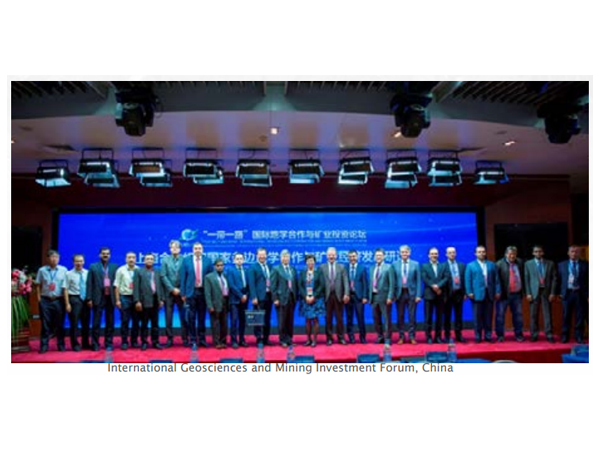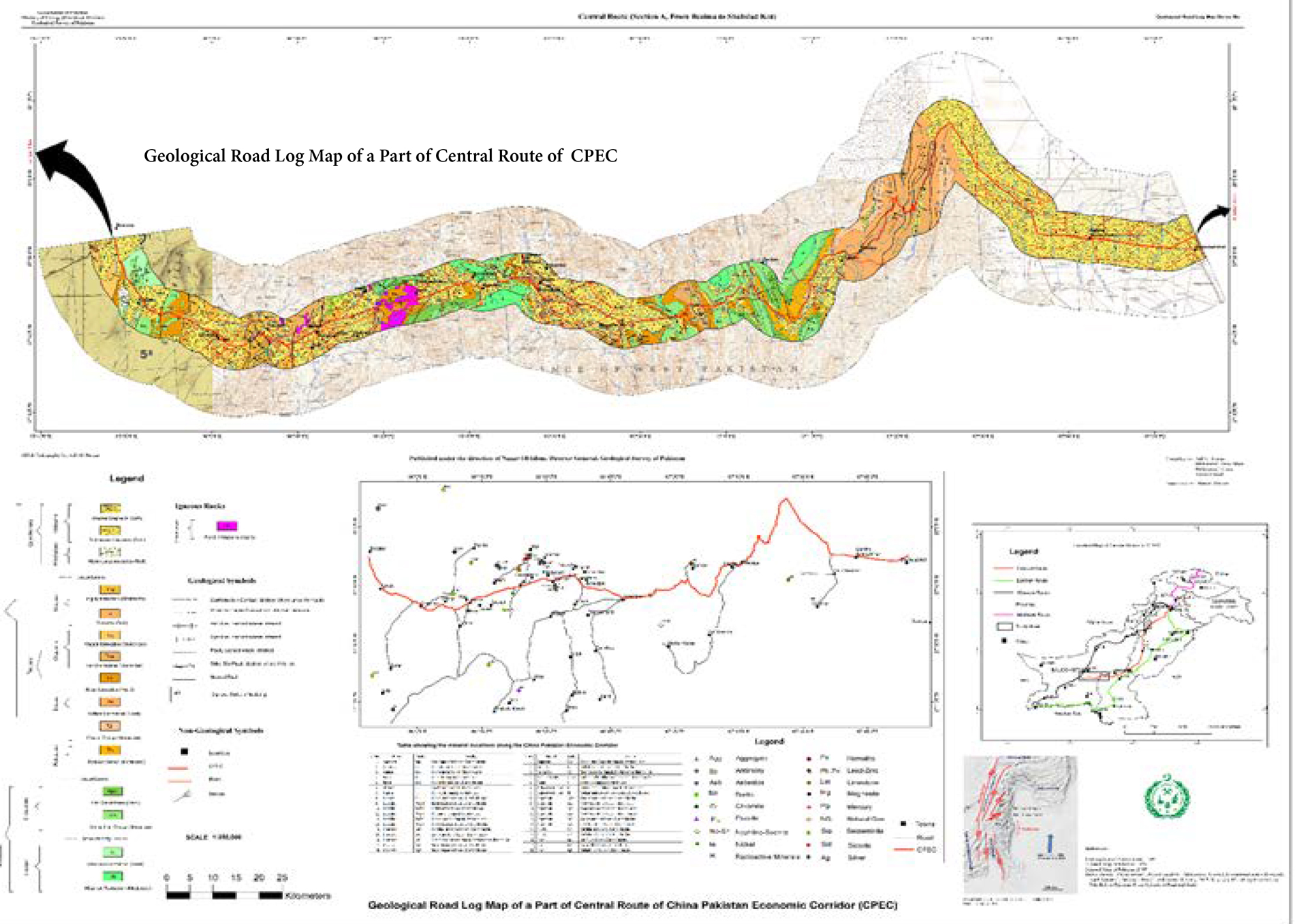GSP Achievements
Thar Coal
The Thar coalfield is located in Thar Desert, Tharparkar District of Sindh. The deposit is 16th largest coal reserve in the world. It was discovered in 1991 by Geological Survey of Pakistan (GSP) and the United States Agency for International Development (USAID). Pakistan stands seventh in the list of top 20 countries of the world after the discovery of this huge lignite coal resources.
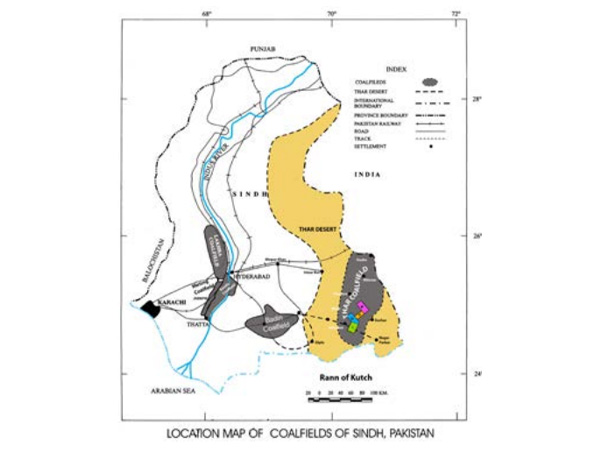
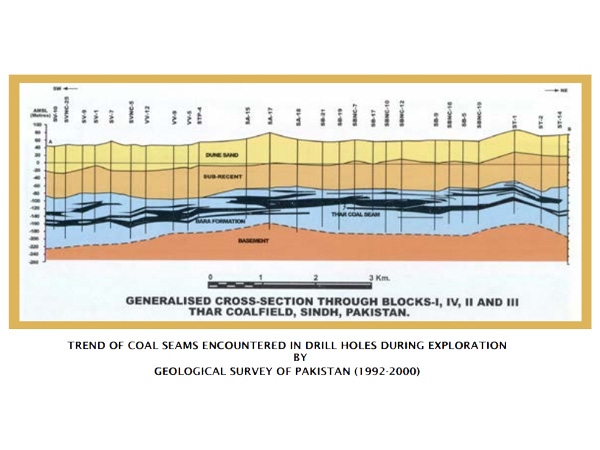
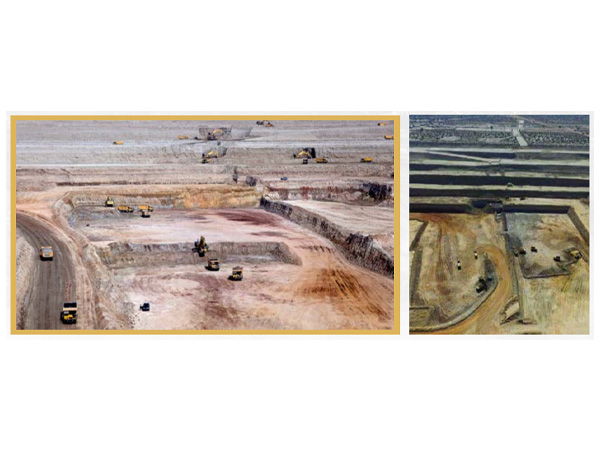
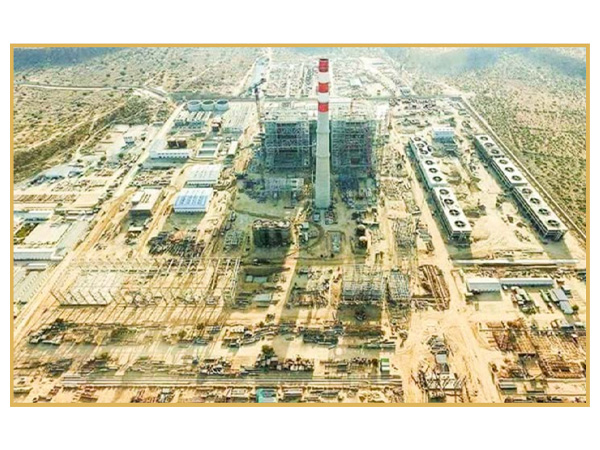
Saindak Copper–Gold Deposit
Discovered by GSP in 1973. GSP initiated the work and in collaboration with RDC completed the prefeasibility study.
Reserves > 412million Ton
Copper = 0.4 % with 1.7 million Ton
Gold = 0.2 g/ton
MCC of China has started production with 20,000 Ton of copper, > 1.5 Ton of gold and >2.8 Ton of silver per annum

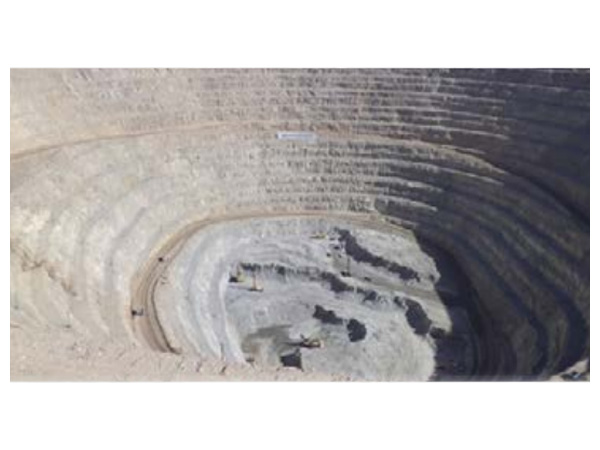
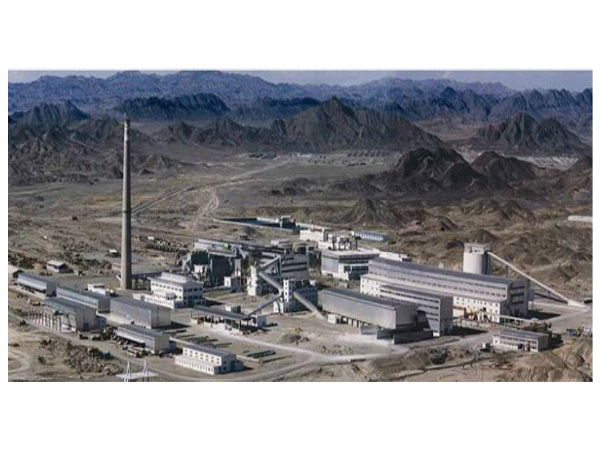
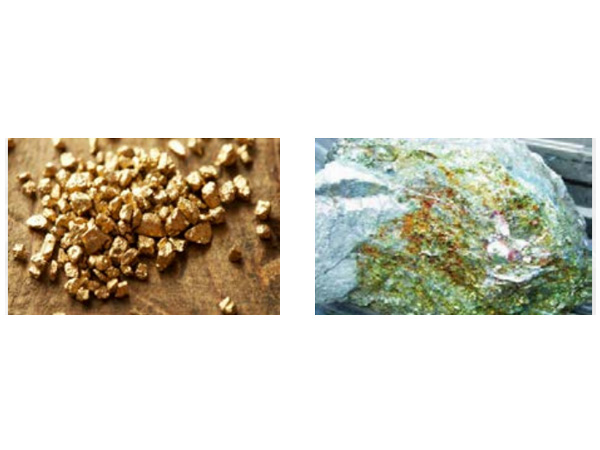
Reko Diq Copper–Gold Deposit
A promising discovery by GSP in 1978-79. Messrs. TCC has been awarded lease but the matter remains controversial to date Estimated Global Resources are more than 3000 million Ton of mineralized material, which contains possibly 18 million Tons of copper metal and 35 million ounce of gold. If the round the clock mining is done at the rate of 293,000 tons /day of ore & waste, life of mine would be 56 years.
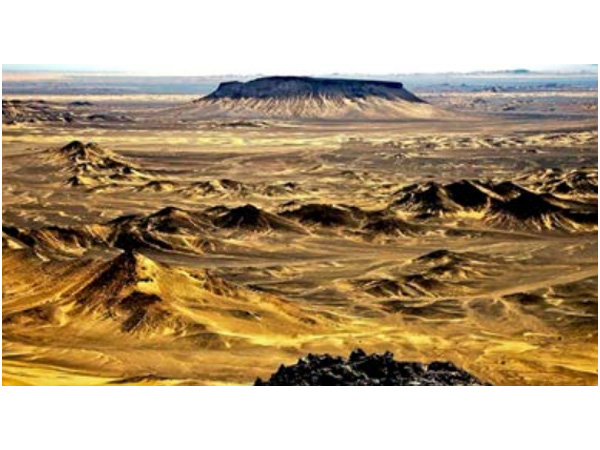
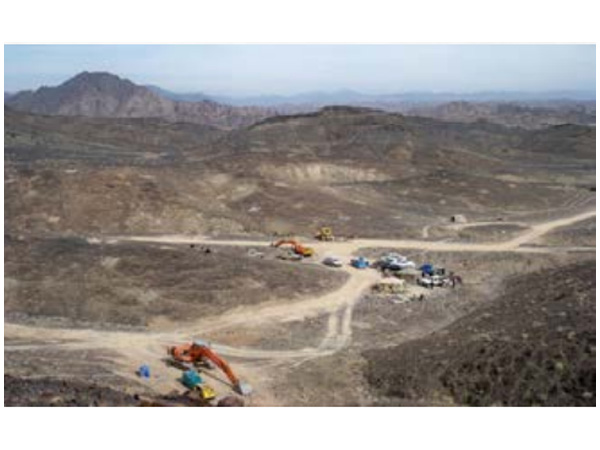
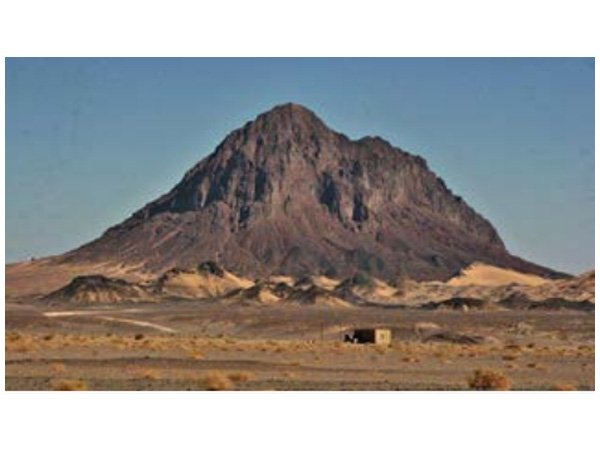
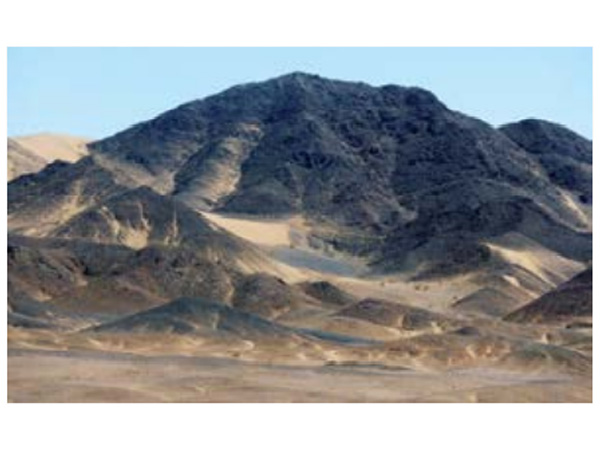
Duddar Lead & Zinc Deposit
It was in 1960 that GSP discovered commercially exploitable deposits of the mineral barite / barites (BaSO4, Barium Sulphate) at three locations in Khuzdar – Shekran area in South – central Balochistan. These deposits were found in carbonate rocks which also
hosted minor fluorite – calcite mineralization northward in Dilbard and Koh-i-Maran areas of Kalat & Mastung Districts, Balochistan.
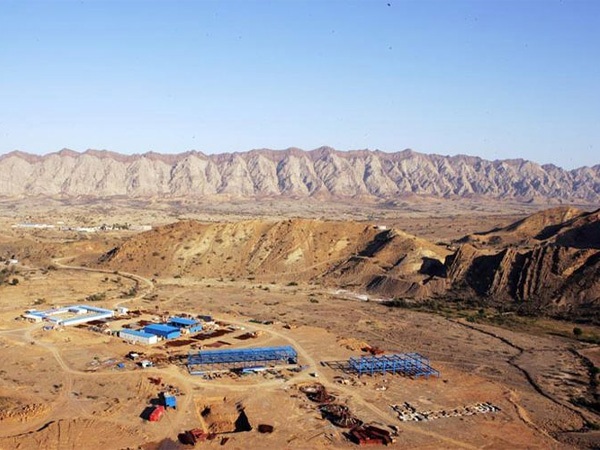


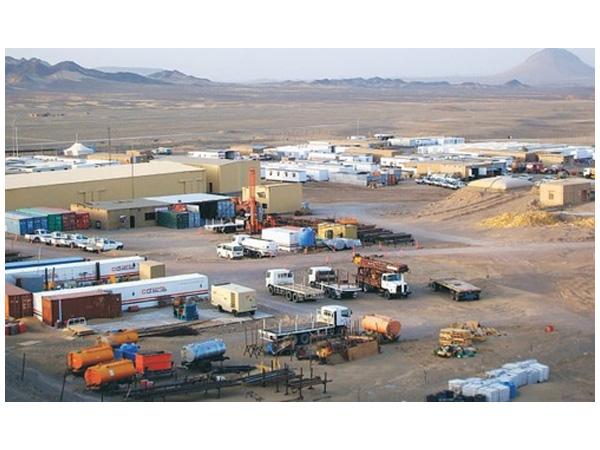
Gems & Precious Stones
The GSP has played a quiet but pivotal role in making the gems sector active and vibrant in national economy. Besides studying the geology of gemstone occurrences in the country. The first major find of a gemstone after the creation of Pakistan was of emerald at Mingora, Swat, KP, in 1958. GSP After this there was a spate of discoveries in different parts of northern Pakistan mostly by private sector aided very greatly by the then newly produced geological maps by GSP. The new discoveries included those of emerald, epidote, peridote, ruby, spinel, corundum, sapphire, pargasite, aquamarine, topaz, zircon, rutile, azurite, malachite, agate, garnet etc.
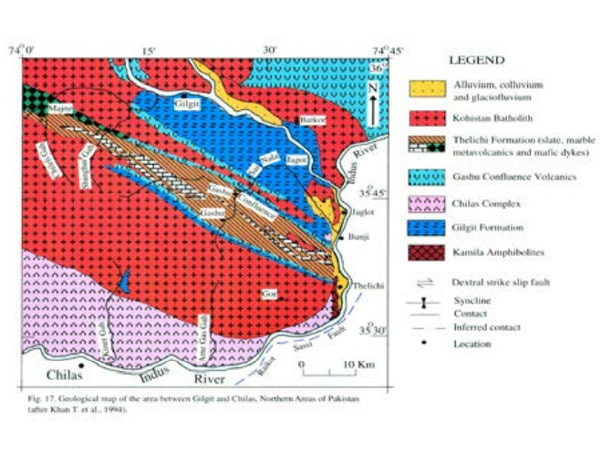
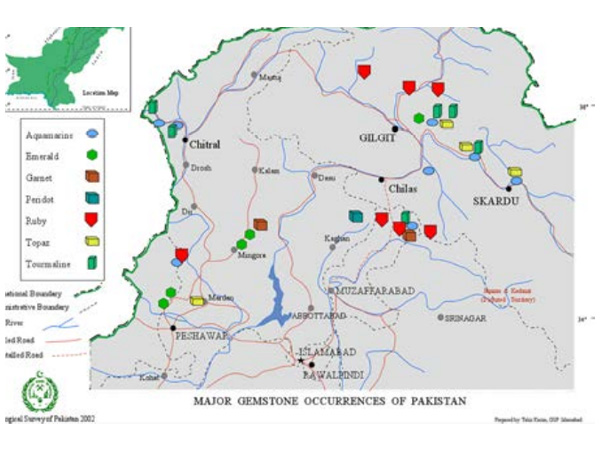
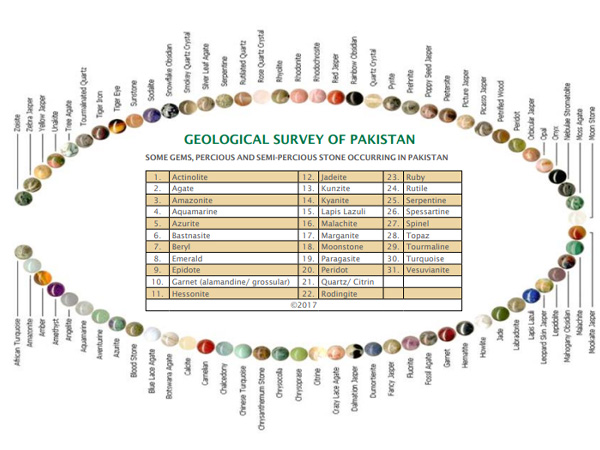
Major GSP Contributors to Cement Industry Studies
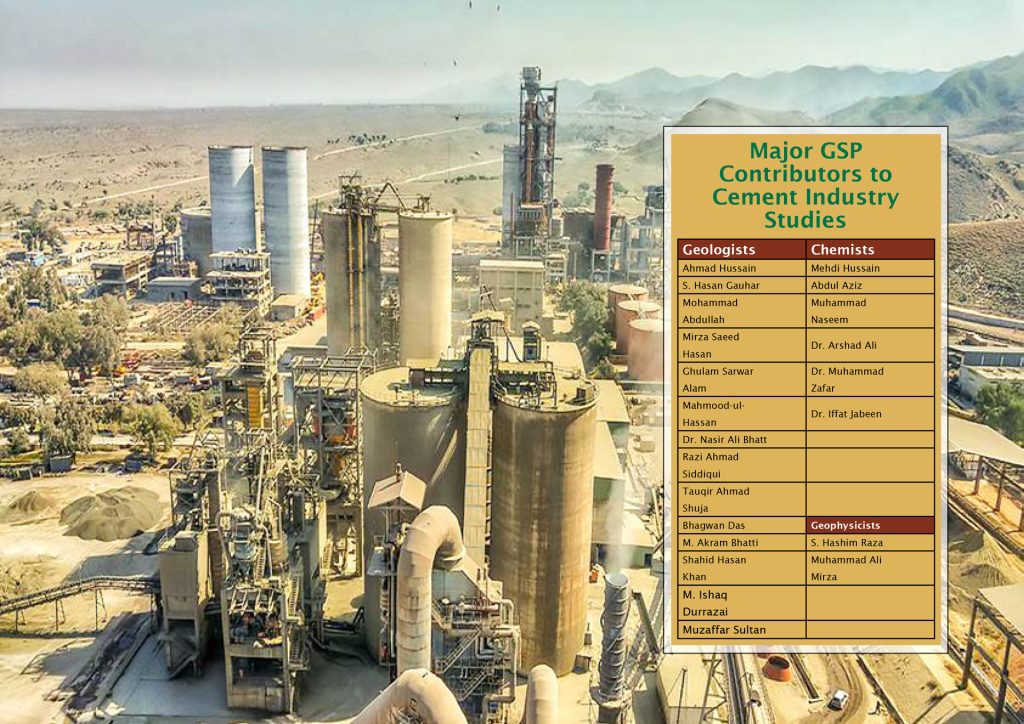
CPEC
The Governments of People’s Republic of China has embarked upon “One Belt- One Road” vision that include China Pakistan Economic Corridor (CPEC). The Geological Survey of Pakistan (GSP) and China Geological Survey (CGS) is conducting a research project to evaluate and mitigate natural hazards like landslides, floods, debris flows and earthquakes the potentially threaten the viability of the CPEC especially through the mountainous terranes of Karakorum, Hindukush, Kohistan and Himalaya.
CPEC is a game changer in utilization of Mineral resources of Pakistan.



